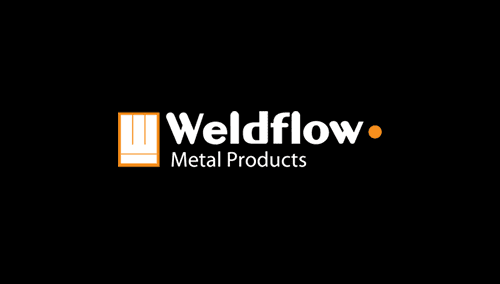
Welding is an essential material fabrication technique that involves joining metals or thermoplastics through coalescence. This method is usually accomplished by melting the workpieces and adding a filler material to make a strong joint when the weld pool cools. The welding process chosen is determined by several factors, including the type of materials used, the target joint strength, and project parameters. This blog explores different welding techniques that offer distinct advantages and suit various applications.
1. Shielded Metal Arc Welding (SMAW)/Stick Welding
This type is preferred for stainless steel welding, leveraging a consumable electrode coated in flux. It is integral in constructing steel structures and fabricating various industrial metals, including iron and steel. It is highly valued for its portability, cost-effectiveness, and versatility, making it suitable for both outdoor and indoor settings where complicated welds are required. SMAW is renowned for its straightforward approach and ability to produce strong, durable welds across various applications.
2. Gas Metal Arc Welding (GMAW)/MIG Welding
This type employs a continuously feeding wire electrode shielded by an inert or semi-inert gas mixture to prevent contamination of the weld pool. It is adept at handling various materials, from aluminum and nickel to thick and thin steels, making it an excellent choice for projects that demand speed and adaptability. Particularly effective for stainless steel, GMAW is known for its rapid welding capabilities and high efficiency, ensuring solid and clean welds in a fraction of the time compared to other methods.
3. Gas Tungsten Arc Welding (GTAW)/TIG Welding
It utilizes a non-consumable tungsten electrode that melts the core metal, forming a weld shielded from atmospheric contaminants by argon or helium gas. This approach is beneficial for welding thin portions of stainless steel and other nonferrous metals such as aluminum, magnesium, and copper alloys. GTAW is highly favored for its ability to deliver high-quality, clean, and exceptionally precise welds, making it indispensable for applications requiring meticulous detail and superior aesthetic finishes.
4. Flux-Cored Arc Welding (FCAW)
This type employs a special tubular wire filled with flux, which can operate with or without shielding gas, making it a versatile choice similar to MIG welding. It is prevalent in construction due to its high welding speed and portability. FCAW excels in situations requiring perforation and a high deposition rate, which improves productivity, especially when working with thick materials. Its capability to adapt to various environmental conditions and material types makes it highly effective for robust construction welding needs.
5. Submerged Arc Welding (SAW)
It is characterized by using a consumable electrode and a bed of flux that covers the weld zone entirely. This unique setup prevents spatter and significantly reduces UV radiation exposure during the process. SAW is ideally suited for joining large and heavy sections of steel and stainless steel, where it’s prized for its ability to enhance productivity while maintaining a clean working environment without visible arc light. This method ensures deep weld penetration and consistent, high-quality joins.
6. Electroslag Welding (ESW)
This is a highly efficient, single-pass welding process designed for thick materials positioned vertically or near-vertically. It is extensively used in heavy industries to weld thick plates in the construction of ships, bridges, and large storage tanks. ESW stands out for its particularly high metal deposition rates, greatly improving productivity and structural integrity in substantial industrial applications. ESW is critical for projects requiring precision and strength in reducing large, heavy sections by delivering solid and durable welds.
Exploring Advanced Welding Processes
For those in steel welding companies, becoming proficient in specialized welding processes like Laser Beam Welding (LBW), Electron Beam Welding (EBW), and Friction Stir Welding (FSW) are essential. These techniques are valued for their precision and the capability to handle unique materials, including non-metallic elements.
Choosing the right welding method is vital in enhancing the quality, strength, and efficiency of your metal fabrication projects. Whether it involves stainless steel welding or aluminum welding services, understanding these varied processes helps you make informed decisions that best suit your specific project needs. For professional assistance and customized welding solutions, consider Weldflow Metal Products. Contact us today and explore our diverse services to meet your precise requirements.
 1-866-848-3641
1-866-848-3641 sales@weldflowmetal.com
sales@weldflowmetal.com

